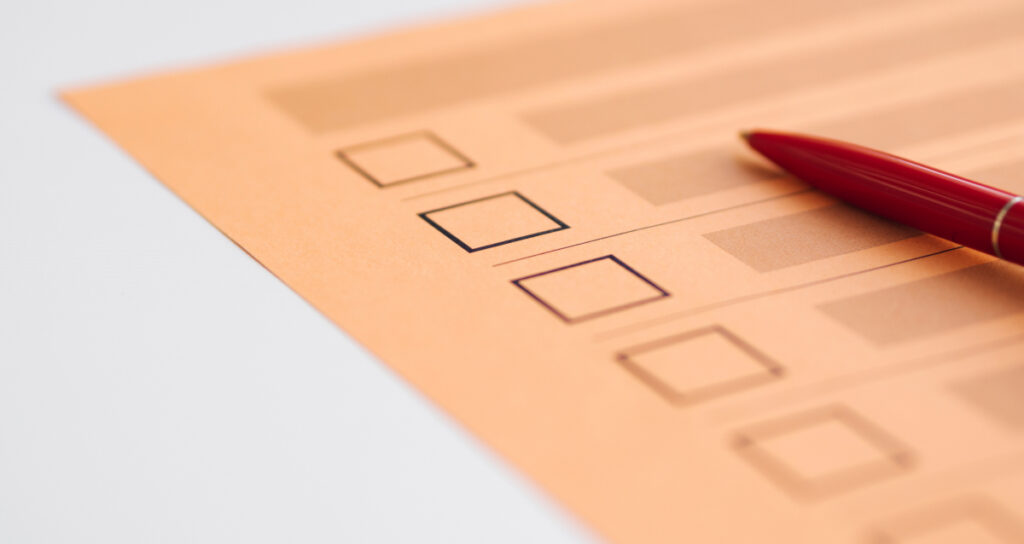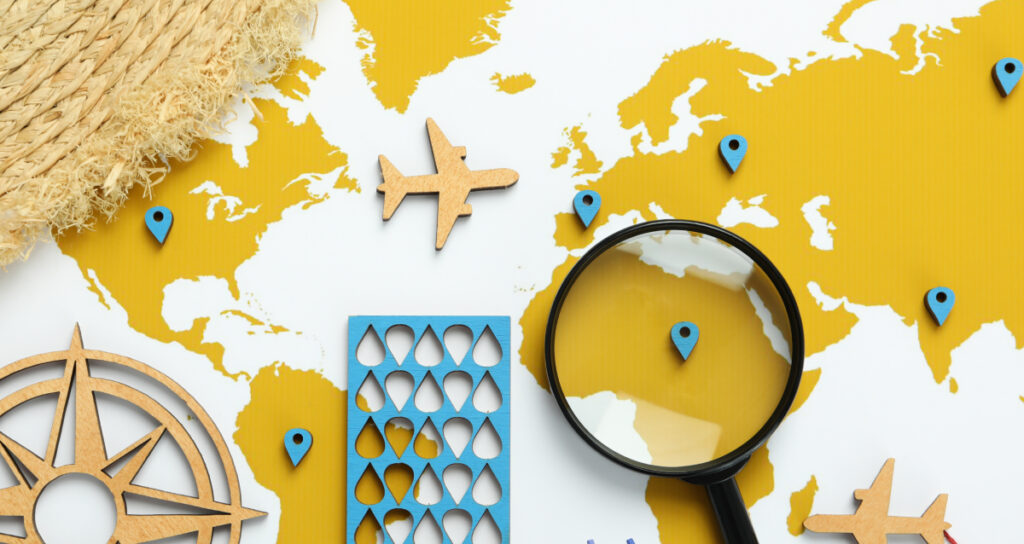
Executive assistants play a pivotal role in organizing seamless travel for corporate travelers, ensuring that every aspect of the journey is meticulously planned and executed. The responsibilities encompass a wide range of tasks before churning out the travel checklist for executive assistants, during, and after the trip, all aimed at facilitating a smooth and productive travel experience for business travelers.
Throughout the journey, executive assistants maintain seamless communication with travelers and the rest of the team. An essential tool, the business travel checklist for executive assistants ensures no detail is overlooked during the hectic travel planning process.
This blog aims to provide travel guidelines for executive assistants in a checklist form to ensure that every detail is addressed and all aspects of the journey are executed well.
Pre-Trip Preparation
The first point of the travel guidelines for executive assistants is pre-trip preparation.
Gather Necessary Travel Documents
Passport and visa requirements
Ensure the traveler’s passport is valid and has enough blank pages for any necessary stamps. Research and confirm visa requirements for the destination country and initiate the application process if necessary.
Health insurance information
Review the traveler’s health insurance coverage to ensure it is valid for international travel and provides adequate medical coverage abroad. Research medical facilities and emergency services available at the destination and provide relevant information to the travelers for reference in case of health-related emergencies.
Bookings and Arrangements
Accommodation
Coordinate hotel reservations based on the traveler’s preferences and budgetary considerations. The travel checklist for executive assistants includes booking details, including check-in and check-out dates, room type, and any special requests such as room preferences, dietary restrictions, or accessibility needs. Communicate with the hotel staff to ensure that any additional amenities or services required by the business traveler are arranged in advance.
Flight
Arrange flight bookings according to the traveler’s itinerary, taking into account preferred airlines, departure times, and seating preferences.
Ground transportation
Coordinate ground transportation options, including car rentals or chauffeur services, to facilitate seamless travel between destinations. The travel guidelines for executive assistants involves arranging airport transfers to ensure smooth transitions between the airport and accommodation, coordinating pickup and drop-off times with the traveler’s flight schedule and transportation preferences.
Travel itinerary and tickets
Compile a detailed travel itinerary that includes flight details, hotel reservations, meeting schedules, and ground transportation arrangements. Plus, confirm the accuracy of all travel bookings, including flight times, departure gates, and hotel check-in/out dates.
During the Trip
Next on the travel checklist for executive assistants is how you can help business travelers while they are on the road.
Provide Real-Time Support
Be readily available to assist business travelers with any queries, concerns, or emergencies that may arise during their trip. Maintain open lines of communication and ensure that travelers know they can rely on you for assistance whenever needed.
Offer Remote Administrative Assistance
Assist travelers with administrative tasks while they are on the road. Help with scheduling meetings, managing emails, and handling expense reports to keep productivity high and ensure that travelers stay organized throughout their trip.
Handle Crisis Management
Be prepared to handle crises or emergencies that may occur while travelers are on the road. Whether it’s dealing with medical emergencies, travel disruptions, or unforeseen challenges, remain calm and provide support to travelers as they navigate difficult situations.
Coordinate Logistical Details
Another point in the travel checklist for executive assistants is to continue to manage the logistical aspects of the trip while travelers are on the road. This includes arranging transportation, making itinerary adjustments as necessary, and ensuring that all travel arrangements run smoothly.
Provide Local Expertise
Leverage your knowledge and networks to give travelers valuable insights and resources related to their destination. Offer recommendations for restaurants, entertainment options, and local contacts to help travelers make the most of their time on the road.
After the Trip
Lastly, travel guidelines for executive assistants include evaluating the success of the trip and identifying areas for improvement. It is also necessary to ensure that all expenses are accurately accounted for, which helps maintain financial transparency and compliance.
Document the Travel Experience
Gather feedback from the business traveler regarding their overall experience during the trip. This may include feedback on accommodations, transportation, meetings, and any other aspects of the trip. Note any positive experiences as well as areas where improvements could be made.
Analyze the feedback and observations collected after identifying travel checklist for executive assistants specific areas for improvement in future travel arrangements. This could involve addressing issues such as flight delays, hotel accommodations, or communication challenges. Use this information to refine and enhance the travel planning process for future trips.
Reconcile Expenses
Review all receipts and documentation related to travel expenses incurred during the trip. Ensure that all expenses are accounted for and accurately recorded. Reconcile expenses with the budget allocated for the trip to identify any discrepancies or overspending.
Compile all necessary documentation, including receipts, invoices, and expense reports, into a comprehensive package for submission. Ensure that all expense reports are completed accurately and comply with company policies and procedures. Submit the final expense report to the appropriate department for reimbursement and processing.
Debrief with Business Travelers
Schedule a debrief meeting with the business traveler to review the successes and challenges encountered during the trip. Discuss any highlights or achievements, as well as any obstacles or difficulties that were encountered. Take note of any lessons learned or insights gained from the experience.
Use the debrief meeting as an opportunity to gather valuable insights and feedback for future travel planning. Discuss the traveler’s preferences, priorities, and any specific requirements for upcoming trips. Incorporate this information into the travel planning process to ensure that future trips are tailored to meet the needs and expectations of the business traveler.
Make Travel Management More Efficient With ITILITE
While this travel checklist for executive assistants is essential, you can significantly reduce the burden off your shoulders by automating tasks. ITILITE corporate travel management platform is the ultimate solution for executive assistants juggling the demands of multiple business travelers.
Say goodbye to the headache of manual expense management – ITILITE automates the process, making tracking and reconciling expenses effortless. With built-in policy compliance checks, you can rest assured that all expenses align with travel guidelines for executive assistants, minimizing the risk of errors or overspending.
With ITILITE, managing and supporting travelers becomes a breeze as you can effortlessly handle all bookings and itineraries from one centralized platform. Through the software’s intuitive interface, you can easily compare prices, find the most convenient travel options, and secure the best rates, all in a matter of minutes. To know more about travel guidelines for executive assistants, book a free demo with us today.

















